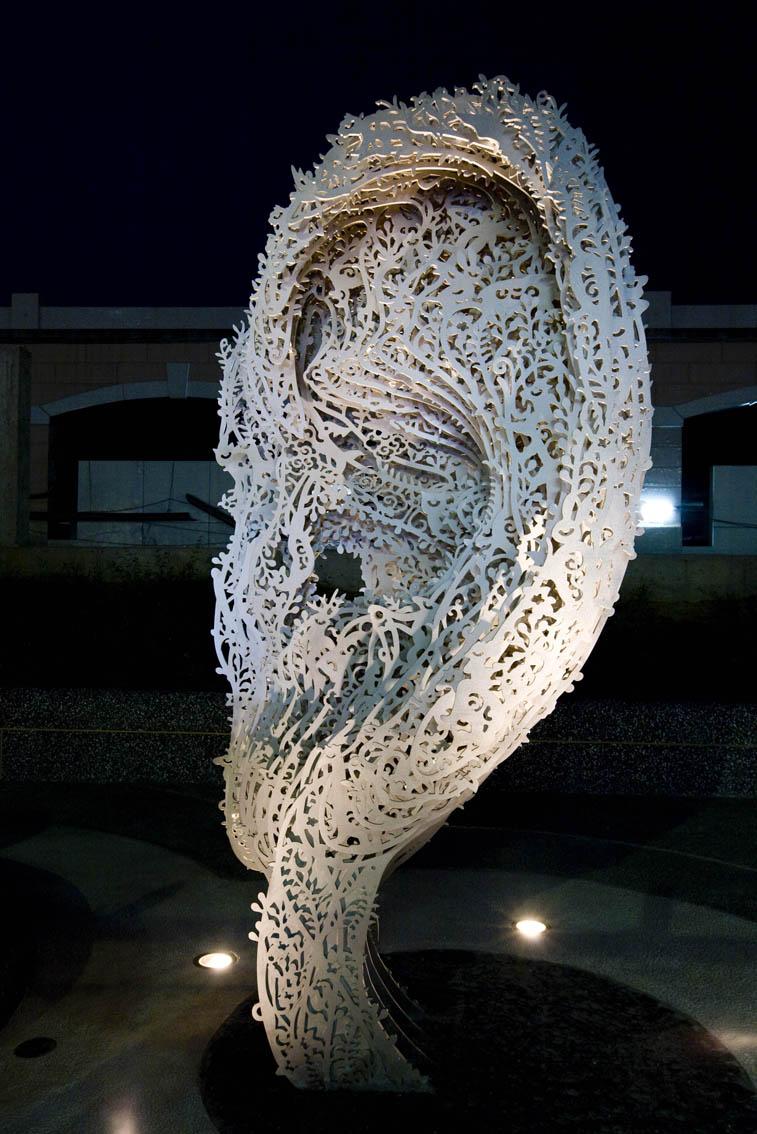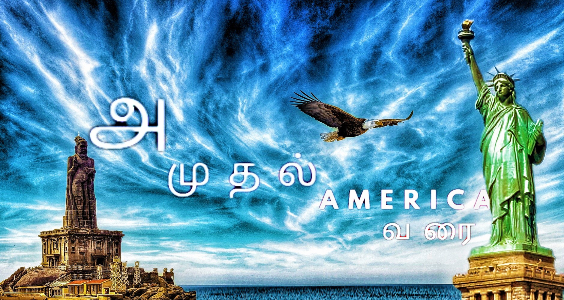ArtSciLab Colleagues:
I would like to draw your attention to the Recent YASMIN WWWASP discussion (the Who, what where of our artscience community of practice)- Led by Guillermo Munoz with several colleagues across the world (see at end of this post). The YASMIN list is an international list of artscience professionals and amateurs and observers.
The discussion is now open to any colleague on the Tasmin list- we look forward to your thoughts: If you aren’t on YASMIN:
I just posted this to YASMIN
“I would like to pick up on Salome Cuesta proposal for ‘micro-actions’ in our
art-science communities of practice, and Diamond Berverly’s idea of
a ‘continous conundrum (see below).
After 30 years as Executive Editor of Leonardo, for the first time I am
now deeply engaged as a practitioner in art science collaborations. I
like
to joke that astrophysics was so easy ! We all agreed on the success
criteria and used the same concepts, methods and terminology. Plus we
were very well funded in comparison with artscience research.
Thanks to Guillermo Munoz and colleagues at the University of Valencia I received a PhD in Art, so I am now an ArtScience ‘postdoc’ with a PhD in astrophysics and a PhD in art !
As James Leach pointed out in his Leonardo article (Extending Contexts, Making Possibilities: An Introduction to Evaluating the Projects – James Leach) many many art science collaborations ‘fail’ in achieving their original objectives.
In our ArtSciLab we have been arguing that there is a very big step between inter/multi disciplinary collaborations and ‘trans’ disciplinary collaborations which bridge very very different disciplines with very very different personal and collective success criteria, and very very different often contradictory methods, concepts , terminologies-
These are in Diamond Berverly’s term ‘conundral;- see Merriam Webster
“The exact origin of conundrum isn’t known with certainty. What is known is that the word has been in use since the early 1600s, and that it had various spellings, such as conimbrum, quonundrum, conuncrum, and quadundrum, before the current spelling was finally established sometime in the mid-17th century. One theory of origin suggests that the word was coined as a parody of Latin by students at Oxford University, where it appears to have enjoyed particular popularity in its “word play” or “pun” sense. While the prevalent sense in this century is that of the seemingly unanswerable question or problem, frequently applied to heady dilemmas involving ethics, sociology, or economics, the word is sometimes so loosely applied to anything enigmatic as to be synonymous with puzzle or mystery.”
One of the strategies we have been
trying is “micro-projects” in Cuesta’s terminology- we define them as
short duration ( weeks), projects which require no money or cash, only
gift exchange of time and access to facilities, expertise etc ( the gift
exchange vocabulary comes from James Leach )
In the ArtSciLab we are approached continuously by ‘stem’ professionals who want to collaborate. Interestingly these range from physical sciences and engineering to the brain and Behavioural sciences to business and social sciences…
Often the stem professionals who reach out to us, “they” have antiquated ideas of what making art involves or results in today. Often they view art as less primary in the ‘tree of knowledge” (i.e. in a branch not in the trunk).
Often they have very different methods , concepts, terminology (we are trying to develop transdisciplinary apprenticeships as part of the approach). Mauricio Mejia at ASU, Alex Topete, colleagues, and I are currently submitting a workshop proposal on applying translation studies methods to transdisciplinary collaborations.
If a micro-project doesn’t succeed, its likely that a significant project won’t in our experience.
I am delighted that a student research in our ArtSciLab , Diamond Beverly, has proposed:
“how do we go about including diverse voices and fostering heterogeneous approaches instead unconsciously excluding people from the conversation and thus creating a continuous conundrum.” which highlights the implicit bias of the artscience community towards people in academia with its ethnic, gender, socio-economic and other implicit social biases.
Maybe the non -academic and younger members of Yasmin should weigh in, just as from Diamond Berverly:
I was very intrigued with your post last week when you emphasized
educational spaces and work shop methodologies. I would like to know
how you define micro-actions. I also find such maker spaces and
hackathons a good step into the future of collaborative educational
space. A question that persists however is how these spaces find their
audience?
And by this I mean how do we go about including diverse voices and fostering heterogeneous approaches instead unconsciously excluding people from the conversation and thus creating a continuous conundrum.
So all Latin students on Yasmin go at it :
“One theory of origin of ‘conundrum” suggests that the word was coined as a parody of Latin by students at Oxford University, where it appears to have enjoyed particular popularity in its “word play” or “pun” sense. While the prevalent sense in this century is that of the seemingly unanswerable question or problem, frequently applied to heady dilemmas involving ethics, sociology, or economics, the word is sometimes so loosely applied to anything enigmatic as to be synonymous with puzzle or mystery.”
Or maybe living in a continuous conundrum is a desirable state ? Certainly it is a state that drives our ArtScience work and is generative of desired outcomes.
Roger Malina
P.S These are the invited discussants:
Jadwiga
Charzynska: I am the director of LAZNIA CCA in Gdansk since 2004 and in
our program, one of the most important points is the Art + Science
Meeting project, which we organize regularly from 2011. It’s really
unique program in Poland presented Art / Sci projects.
Links: http://www.laznia.pl/instytucja/
Joao
Silveira: Brazilian entrepreneur, choreographer and pharmacist. Was a
Harvard Fellow (Le Laboratoire/ 2017-2019) and currently is a research
fellow at the ArtSciLab – UT Dallas, and CienciArte Lab – Fiocruz.
Jing
Chen: Associate professor of Arts and associate director of Art and
Cultural Innovation and Creativity Lab of Nanjing University.
Gustavo
Ariel Schwartz.: Physicist and writer. Scientist of the Spanish
National Research Council (CSIC) at the Materials Physics Center.
Founder director of the Mestizajes Program, at the Donostia
International Physics Center, whose purpose is to explore and cross the
borders among Art, Science, Literature and Humanities.







